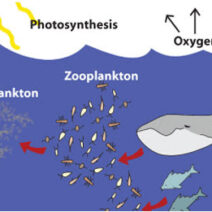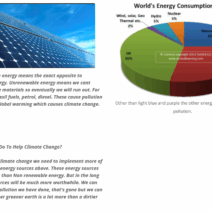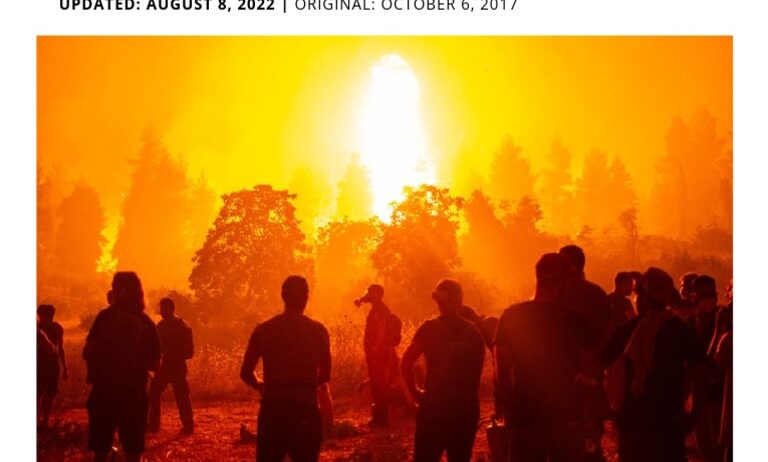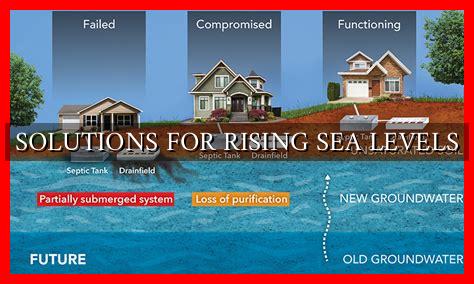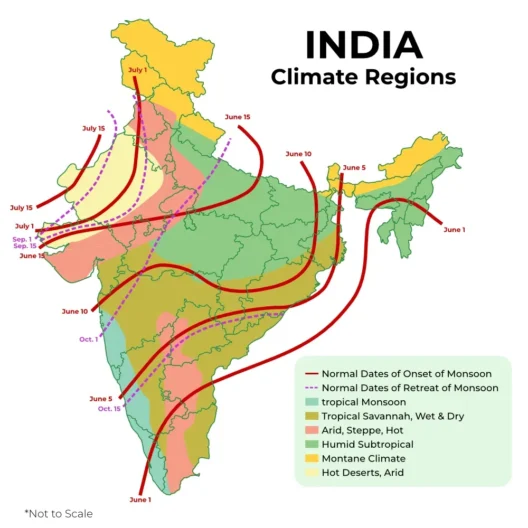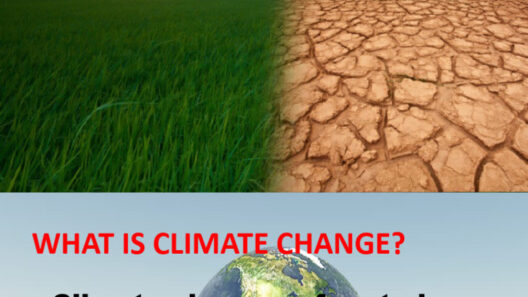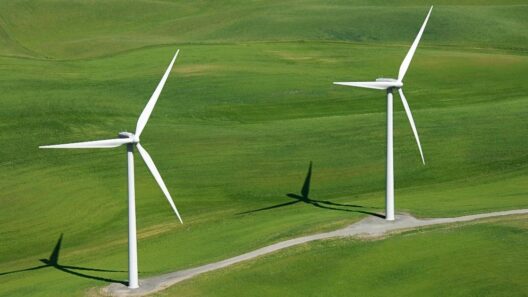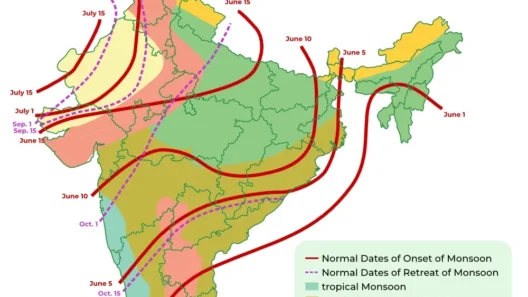Climate change is not a recent phenomenon; rather, it has been a persistent and evolving narrative that has shaped our planet for millennia. Understanding the timeline of this critical issue provides essential context for our contemporary challenges. The interplay of natural occurrences and human actions has culminated in a complex reality, one that demands our attention and action. Join us on an insightful journey through history, highlighting pivotal moments that illustrate how climate change has influenced and intersected with human civilization.
The Age of Ice and Flames: Prehistoric Climate Churning
During the Earth’s antiquity, profound climatic shifts dictated the course of life. The most significant of these changes occurred during the Pleistocene Epoch, which spanned from approximately 2.6 million years ago to about 11,700 years ago. Characterized by repeated glacial cycles, this period saw vast ice sheets covering substantial portions of Europe, North America, and Asia. The end of the last Ice Age ushered humanity into the Holocene, a time of relative climate stability that fostered the rise of agriculture.
However, the Holocene has not been devoid of fluctuations. The Roman Warm Period from approximately 250 B.C. to A.D. 400 was marked by temperate conditions in Europe, which significantly advanced agricultural practices. Conversely, the Dark Ages Cold Period (circa A.D. 400 to 900) heralded a climatic downturn that stifled productivity and led to societal upheaval. This cyclic nature of climate has long showcased humanity’s resilience and adaptability, yet also the catastrophic consequences of environmental change.
The Unraveling: Climate Change in the Modern Era
As industrialization took root in the 18th century, fossil fuel consumption surged and atmospheric CO2 levels became alarmingly altered. The Industrial Revolution epitomized a dramatic pivot toward the mechanized exploitation of resources, fueled predominantly by coal, oil, and natural gas. By the late 19th century, scientists like John Tyndall and Svante Arrhenius began to unravel the greenhouse effect, positing that the rising carbon emissions would lead to global warming.
The early 20th century brought the first inklings of a collective response to climate change. The 1940s and 1950s sparked heightened scientific inquiry into climatology, ignited by unparalleled research from researchers such as Gilbert Plass and Roger Revelle. They emphasized the urgency of understanding greenhouse gases and their long-term climatic repercussions. By the 1970s, global temperature anomalies became unmistakable, precipitating the first United Nations Conference on the Human Environment held in Stockholm in 1972. This marked a seminal moment in recognizing human responsibility for environmental degradation.
Terrifying Realities: The Global Awakening in the 21st Century
The dawn of the 21st century has witnessed a crescendo of awareness concerning climate change. The Intergovernmental Panel on Climate Change (IPCC) released its first assessment report in 1990, laying bare the linkage between human activities and warming climates. The Kyoto Protocol in 1997 was a landmark agreement aimed at mitigating greenhouse gases, yet the uphill battle against industrial inertia persisted.
By the time we entered the 21st century, extreme weather events escalated in frequency and intensity. The devastating hurricanes, relentless droughts, and unprecedented wildfires served as poignant reminders of the pressing climate crisis. The year 2006 marked a pivotal cultural shift with the release of “An Inconvenient Truth,” presented by former Vice President Al Gore. The documentary galvanized public discourse, imbuing the issue with urgency and emotional resonance.
In the following years, climate movements gathered unyielding momentum, culminating in significant demonstrations, like the youth-led climate strikes initiated by Greta Thunberg in 2018. These grassroots efforts ignited a renewed sense of agency among younger generations, prompting them to address systemic inertia and demand accountability from governments and corporations alike.
Articulating Commitments: International Cooperation and Agreements
International consensus around climate change gained notable traction with the Paris Agreement in 2015, uniting 196 nations in a commitment to limit global warming to well below 2 degrees Celsius. This unprecedented coalition signifies the collective understanding that climate change transcends borders; it is a challenge requiring an integrated response from the entire global community.
As discourse around climate becomes more mainstream, it becomes imperative to not only consider reduction strategies but also innovative solutions that promote sustainability across all facets of life. Nevertheless, skepticism surrounding commitments remains a barrier to substantial progress, as the gap widens between promises and actual implementations.
The Path Forward: Reimagining Our Relationship with the Planet
Reflecting on this intricate timeline reveals an undeniable truth: climate change is not merely an isolated event; it is an ever-evolving interaction between humanity and the planet. Our history is fraught with lessons that inform our current trajectory. The challenge at hand requires that we pivot towards an environmentally conscious paradigm—a shift in perspective that recognizes the interdependence of all ecosystems.
Going forward, awareness must transform into action. Implementing sustainable practices across industries, investing in renewable energy, and fostering environmental education will equip future generations with the tools necessary to confront the challenges of climate change. This collective effort holds the promise of safeguarding our planet, ensuring that the legacy we leave behind is one of resilience, adaptability, and respect for the Earth and its myriad inhabitants.
